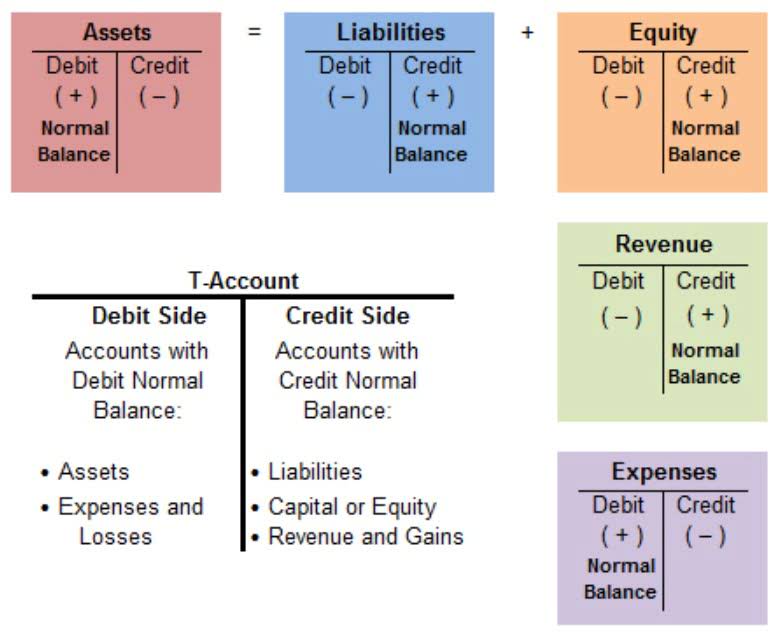
For instance, if the activity base is machine hours, you calculate predetermined overhead rate by dividing the overhead costs by the estimated number of machine hours. This is calculated at the start of the accounting period and applied to production to facilitate determining a standard cost for a product. If an actual rate is computed monthly or quarterly, seasonal factors in overhead costs or in the activity base can produce fluctuations in the overhead rate. For example, the costs of heating and cooling a factory in Illinois will be highest in the winter and summer months and lowest in the spring and fall. If the overhead rate is recomputed at the end of each month or each quarter based on actual costs and activity, the overhead rate would go up in the winter and summer and down in the spring and fall. As a result, two identical jobs, one completed in the winter and one completed in the spring, would be assigned different manufacturing overhead costs.

Do you already work with a financial advisor?
Until now, you have learned to apply overhead to production based on a predetermined overhead rate typically using an activity base. An activity base is considered to be a primary driver of overhead costs, and traditionally, direct labor hours or machine hours were used for it. For example, a production facility that is fairly labor intensive would likely determine that the more labor hours worked, the higher the overhead will be.

Why You Can Trust Finance Strategists

Keep reading to learn about how to find the predetermined overhead rate and what this means. Hence, it is essential to use rates that determine how much of the overhead costs are applied to each unit of production output. This is why a predetermined overhead rate is computed to allocate the overhead costs to the production output in order to determine a cost for a product. The predetermined overhead rate is, therefore, usually used for contract bidding, product pricing, and allocation of resources within a company, based on each department’s utilization of resources.
Component Categories under Traditional Allocation

The actual overhead rate is based on the actual amount of overhead to be absorbed and the actual quantum or value of the base selected (e.g., direct wages, cost of materials, machine hours, direct labor hours, etc.). One of the advantages of predetermined overhead rate is that businesses can use it to help with closing their books more quickly. This is because using this rate allows them to avoid compiling actual overhead costs as part of their closing process. Nonetheless, it is still essential for businesses to reconcile the difference between the actual overhead and the estimated overhead at the end of their fiscal year. In simple terms, it’s a kind of allocation rate that is used for estimated costs of manufacturing over a given period. It’s a good way to close your books quickly, since you don’t have to compile actual manufacturing overhead costs when you get to the end of the period.
- Cash management accounts typically come with a debit card for easy access, but you may have to pay a fee if you want to deposit cash.
- Company B wants a predetermined rate for a new product that it will be launching soon.
- Based on this result, Bob’s spending $0.25 on overhead for every dollar he earns in sales.
- A difference between estimated and actual costs creates a variance charged to the cost of goods sold.
- This complexity is driven by different factors, including but not limited to common activity for multi-products and a greater number of supportive activities for the production.
- If the business used the traditional costing/absorption costing system, the total overheads amounting to $26,000 will be absorbed using labor hours.
Often, the actual overhead costs experienced in the coming period are higher or lower than those budgeted when the estimated overhead rate or rates were determined. At this point, do not be concerned about the accuracy of the future financial statements a single predetermined overhead rate is called a(n) that will be created using these estimated overhead allocation rates. You will learn in Determine and Disposed of Underapplied or Overapplied Overhead how to adjust for the difference between the allocated amount and the actual amount.
This is related to an activity rate which is a similar calculation used in Activity-based costing. A pre-determined overhead rate is normally the term when using a single, plant-wide base to calculate and apply overhead. Overhead is then applied by multiplying the pre-determined overhead rate by the actual driver units. Any difference between applied overhead and the amount of overhead actually incurred is called over- or under-applied overhead. In these situations, a direct cost (labor) has been replaced by an overhead cost (e.g., depreciation on equipment).
The computation of the overhead cost per unit for all of the products is shown in Figure 6.4. A predetermined overhead rate is an allocation rate that is used to apply the estimated cost of manufacturing overhead to cost objects for a specific reporting period. This rate is frequently used to assist in closing the books more quickly, since it avoids the compilation of actual manufacturing overhead costs as part of the period-end closing process. However, the difference between the actual and estimated amounts of overhead must be reconciled at least at the end of each fiscal year. Assume that management estimates that the labor costs for the next accounting period will be $100,000 and the total overhead costs will be $150,000. This means that for every dollar of direct labor cost a production process uses, it will use $1.50 of overhead costs.
Examples of Overhead Rates
As a result, there is a high probability that the actual overheads incurred could turn out to be way different than the estimate. First, you need to figure out which overhead costs are involved, and then create a total of this amount. If you have a large company, you may need to determine an allocation base for each department.
- The overhead is then applied to the cost of the product from the manufacturing overhead account.
- A predetermined overhead rate is an allocation rate that is used to apply the estimated cost of manufacturing overhead to cost objects for a specific reporting period.
- Based on the manufacturing process, it is also easy to determine the direct labor cost.
- The best 1-year CDs tend to offer some of the top CD rates, and are a popular option for many investors.
- For example, the cost of Job 2B47 at Yost Precision Machining would not be known until the end of the year, even though the job will be completed and shipped to the customer in March.
- These are best used as part of a CD ladder strategy, or for those worried about a declining rate market in the foreseeable future.
- Implementation of ABC requires identification and record maintenance for various overheads.